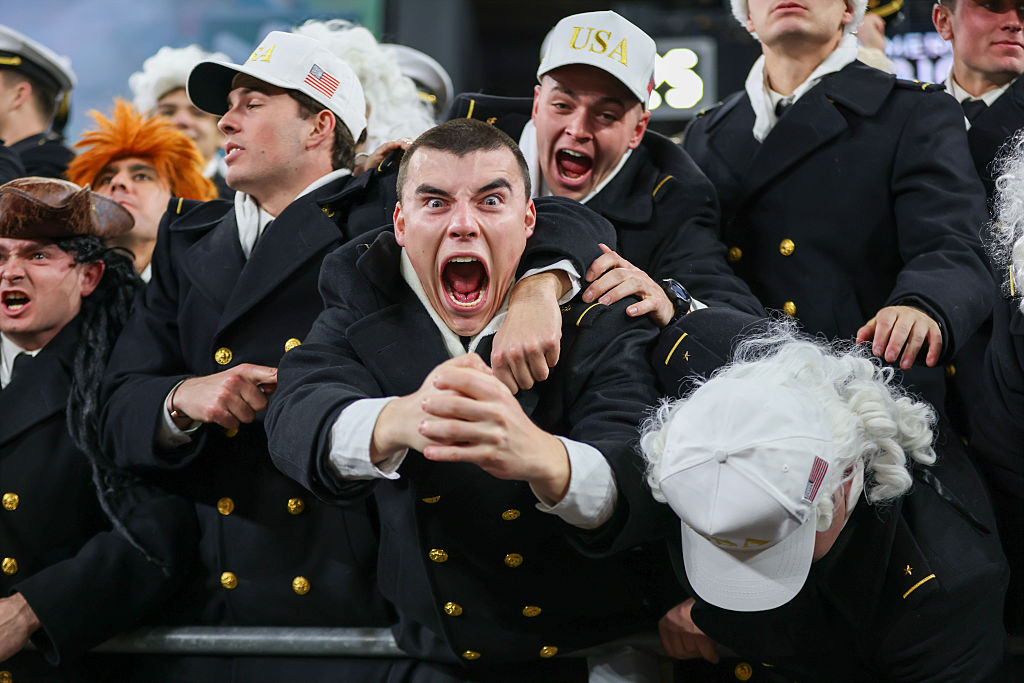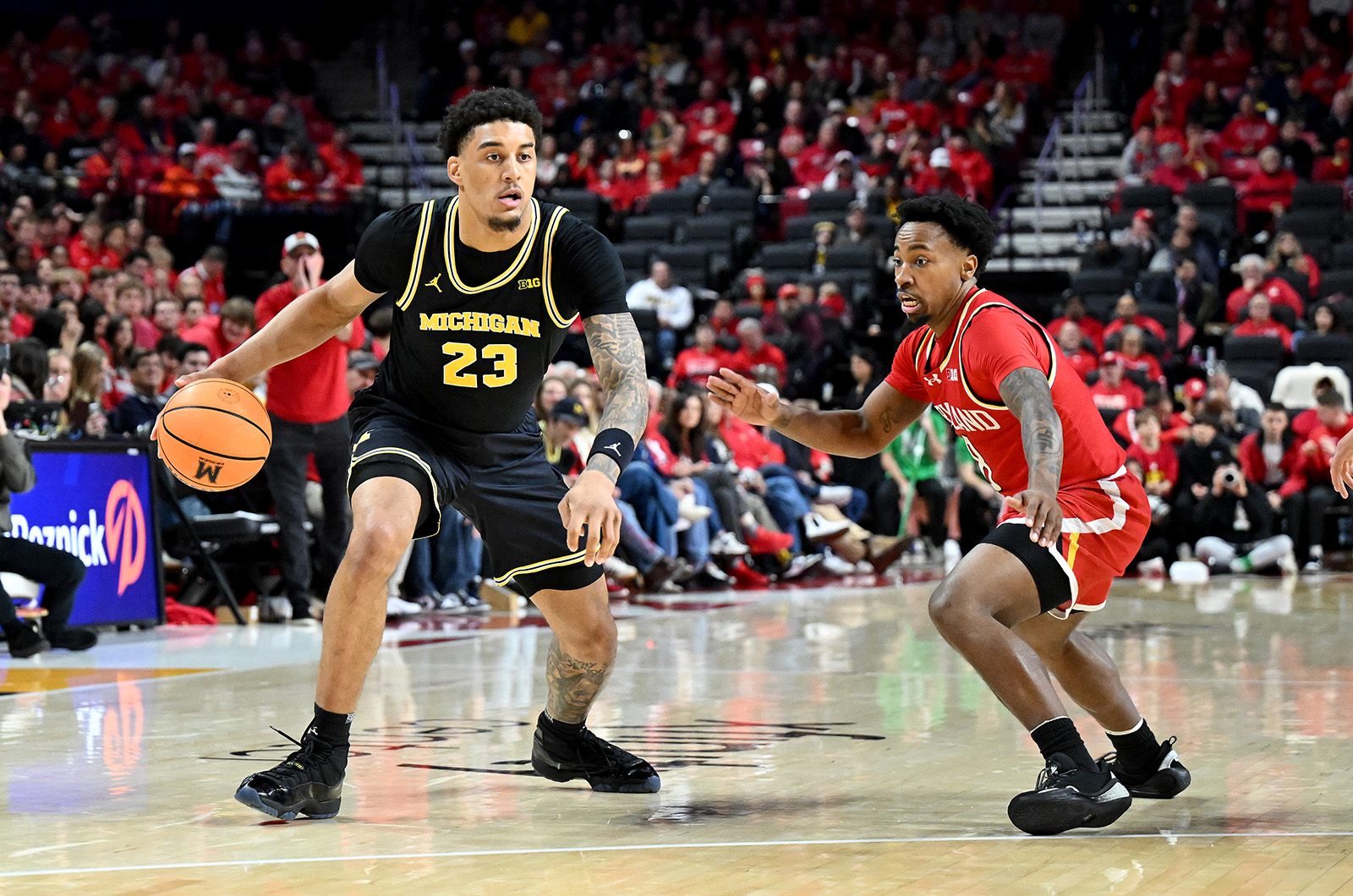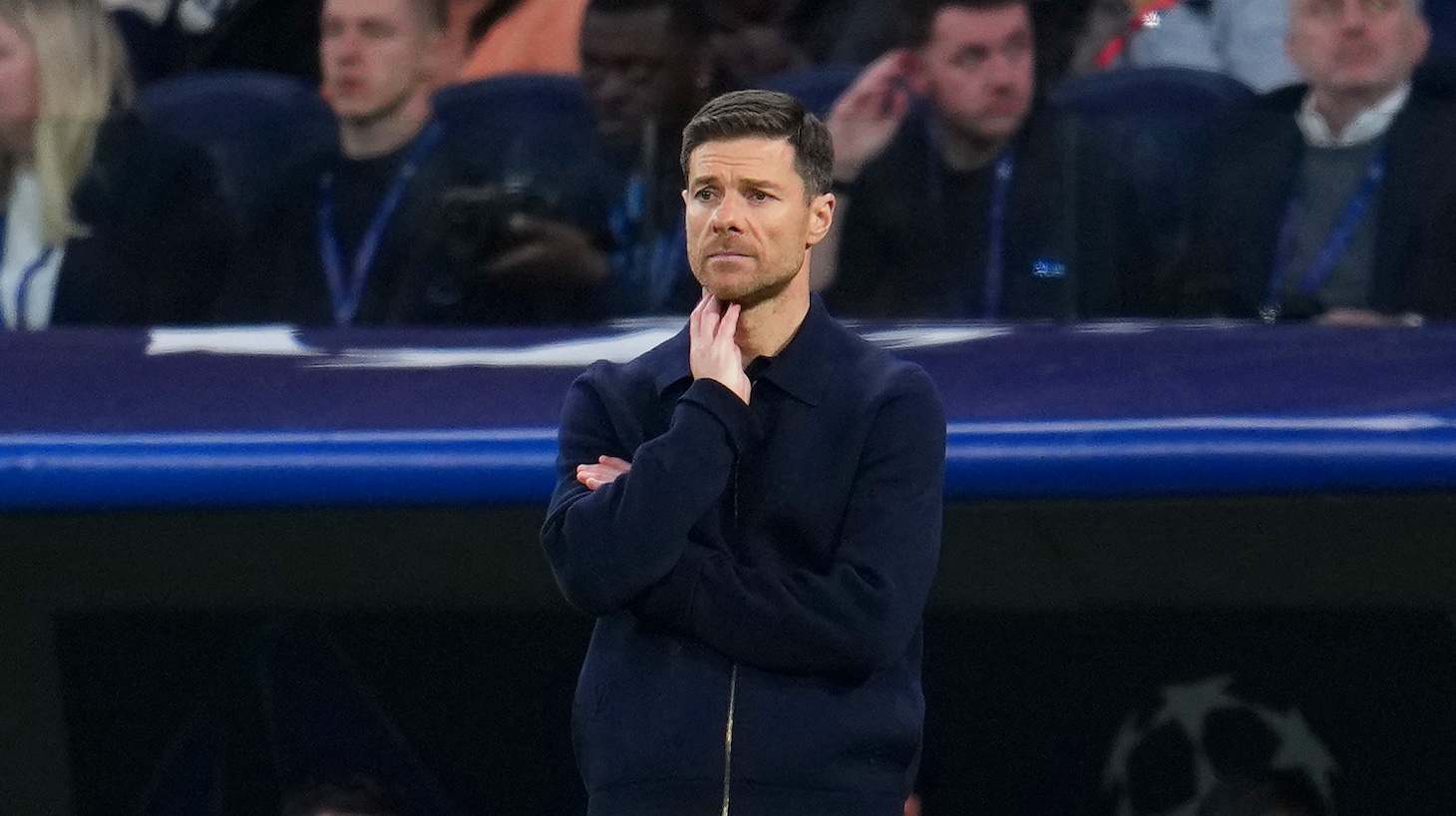It is Opening Day tomorrow, which means the peak of Fantasy Draft Season is today. We mention this not because we want to know anything about your experience of any of that, or about your fantasy team, or about you, to be clear.
We mention it only because we had our annual draft Tuesday, and because our reckless mention of the fact that this is the league’s 54th season led to us being hectored into writing about it by several members of Defector's Baseball Bastardy Brigade (and they know who they are). And that is probably all the detail you need, because Rule The First of fantasy drafts remains in force, and that rule stipulates that you must keep your fantasy team to yourself. Your designated typist has been assured (and when we say "assured," we mean "threatened") that there is an exemption for fantasy leagues that predate the first appearance of a high-five on television.
So, about this league. As an idea, we predate six entire MLB franchises. We predate Bill James’ first book, and thus we predate analytics. We predate the existence of 16 of the 32 current major league managers and 263 of the 847 managers all time. We predate the rules that allow trades or put prices on players, as well as all the absurd and arcane ways that the new nerd cadres have devised of keeping score. We, the league and its participants, are this close to being fossilized petroleum products, and we have generally demonstrated the sort of resistance to radical changes—like including pitching in our scoring—that you’d expect. We've changed only three playing rules during the entire time the league has existed. We make no judgments about anyone who does it differently, which in point of fact is pretty much everyone, provided that they don't provide us with any details about how they do it. Rule The First overrides all other considerations in all other contexts.
Fantasy baseball’s origins are sketchy enough, with links to 1866 and Sebring Parlor Base Ball and the pioneering novelist Robert Coover and stretching through to 1979 and the beginning of Daniel Okrent’s storied Rotisserie League. Our league’s history, while older than most but not all of that, is more modest, mostly because none of us could be arsed to care. It's all we can manage to have one of us—the names of the contestants have been omitted in deference to Rule The First—as de facto custodian of the league results going back to 1972. He keeps them in the bottom of his closet only because, as we have just covered, the rest of us couldn't be bothered.
The rules as originally conceived were quite simple. Runs and RBIs were worth four points each, hits and home runs one point, and each team drafted a catcher, first, second, and third basemen, a shortstop and three outfielders, and backups for each. The league ran in week-to-week increments, Monday to Sunday, and players qualified simply by appearing in one game per week. By those rules, the worst player in pool history was Maury Wills, who played the entire season, his last with the Dodgers, and whose slash line for the year was .129/.190/.167, with an OPS of .357 and an OPS+ of 3. He finished with 97 points; a good year is 1,000 and anything below 700 is abject failure in drafting. (Aaron Judge last year finished with 1,302, and Randy Arozarena had 688, as a guide.) Two years ago, your author needed to use six different catchers just to get to the end of the season—Sean Murphy, thank you for all you do—and finished dismally. The rules were changed eventually to require two games of two at-bats per week to qualify, and have not been altered since.
Laugh if you must, but for much of the league’s history we only had newspaper box scores to go on; we also had butter churns for our dairy products and Baseball-Reference was just a filthy thought in Sean Forman's father's mind at the time. Scoring had to be simple because of the people involved, and not just for the aforementioned can’t-be-arsed reasons.
Since then, the league has grown from three to five and eventually six members, with only a few changes in personnel here and there; one franchise-holder (and we're gilding the brick by calling it a franchise) left journalism to become a longshoreman, if that's any guide to the company we keep. The only other rule changes were to add an extra round of backups to two at each position and four designated hitters (one starter and three backups). The scoring rules have not changed. This is only partially because analytics are ruining all sports, and has more to do with having to do math; acronyms and metrics come and go, but the four-times table is forever.
And that's pretty much it. Nothing elaborate, nothing even very involved. We gather at a pizza joint on draft day and don't gather again until the next year’s draft day. The whole experience lasts for three hours and two pies. Hey, we've all got other shit to do. Your tolerance for your fellow competitors is entirely up to you, but we’ve met enough of you to know not to join any of your leagues, and for those we have not met we can infer the massive social corrosion based solely on the comments sections below each blog. When you have been in a room with people arguing with each other about the relative values of Luis Robert and Jake Cronenworth, you will not underestimate the magic that distance and only distance can provide.
And that is the pool in a nutshell, pun very much intended. This will be its only mention in these pages, ever. But as we are making damnable exceptions to Rule The First under pain of being throttled by Comrade Roth, we will give you this: your low-rent stenographer managed to get both Elly De La Cruz and Oneil Cruz, because we are trying a new strategy—using height and weight as the only determinants. We have not added up the vital statistics of our previous 42 rosters; your author joined the league in 1982, and as such is something of an expansion team. But this year, we are walking into the new season at a league-leading 56 feet, two inches and 1,928 pounds. Between those two and Cal “Big Dumper” Raleigh, we feel confident that we will finish the year. Not that you’re going to read anything about it here. And now, 1,093 words after we said we would never violate Rule The First, and after however much time you wasted having this story read to you, go away. Go read Comrade Laughlin's opus on human kibble. At least with her you can snack.







